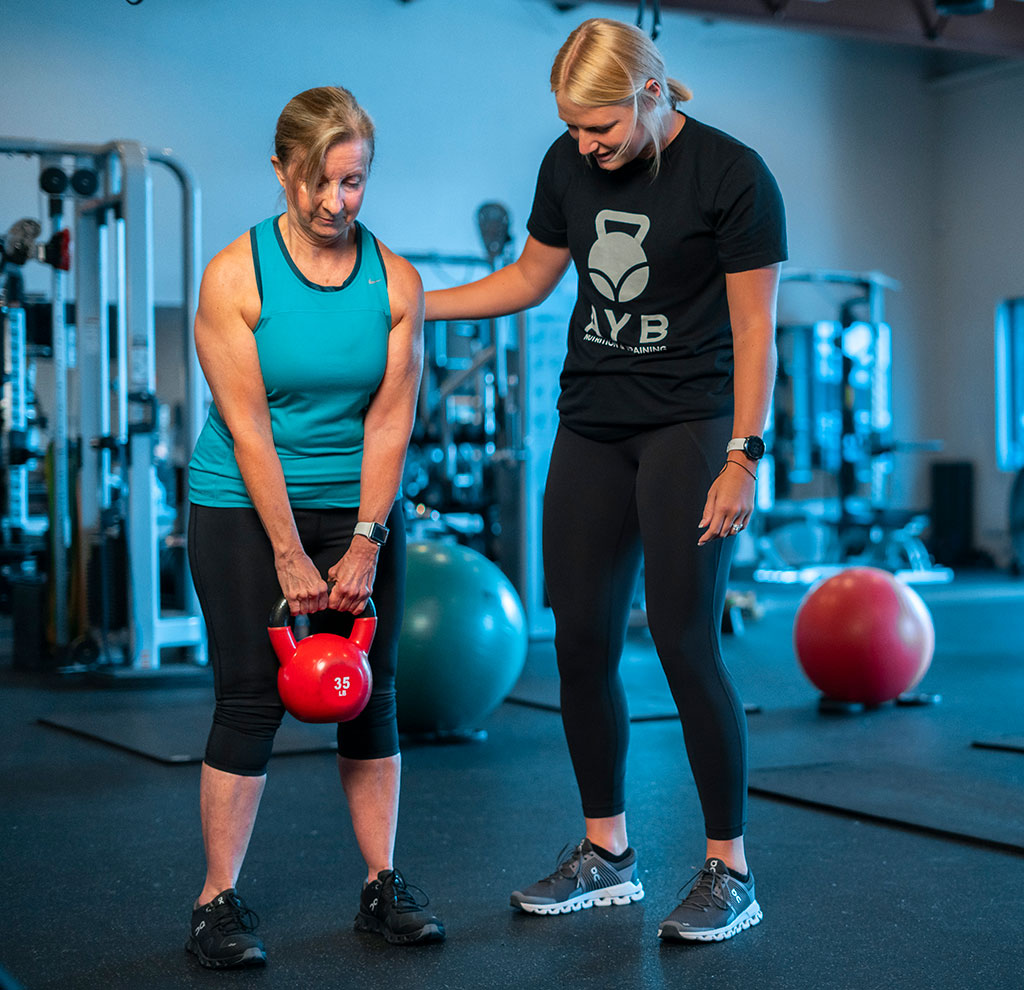Health & nutrition insights.
Why Women Shouldn’t Be Afraid To Lift Heavy – Part 3
Part 3: Misconceptions: Hormones & Training Models
To wrap up the series on women and lifting, (you can read the first post here and the second here) I wanted to briefly touch on one of the most common misconceptions we females tend to have; lifting makes us bulky, too muscular, and manly. This is far from true, so let’s take a look into some simple reasons for dispelling this myth.
Hormones:
Most women do not possess the level of hormones (most notably testosterone) necessary to support a bulky and extremely muscular physique. Testosterone is one of the hormones responsible for anabolism in the body, and it’s responsible for masculine traits like excess hair, deepening of voice, and increase in muscle mass. Both males and females produce testosterone since it’s necessary for hormonal balance and body function. However, males have much higher levels of testosterone than females, with the ‘normal’ range of total testosterone (in the bloodstream) being 0.95-4.3 pg/dl, compared to the 0.7-3.6 pg/dl of females. But it’s not even so much the total amount of testosterone that an individual has that determines their potential/ability for muscle growth, since most of the testosterone in the body is bound, but rather their levels of FREE testosterone (the amount of testosterone that is NOT bound in the body). In males 0.3-5% (with an average of 2%) of their total testosterone if free, with their free testosterone normal values being 270-1100 ng/dl, compared to only 6-86 ng/dl of free testosterone available to females. This leaves women with far less of one of the key building blocks for muscle, which means their bodies won’t respond like a male’s without certain hormonal supplementation.
Training model:
Along the same lines as genetics and hormones, the way you train and lift will play a significant role in determining how your body develops. Hypertrophy (increased muscle gain and bulk) is not as easy as you might think, as most bodybuilders, powerlifters, and athletes work incredibly hard to make sure their training program supports maximum muscle growth in as short a time span as possible. One of the best ways to train females, however, is often training full-body free weights such as squats, lunges, deadlifts, pull-ups, push-ups, rows, presses, kettlebell training such as swings and snatches, and interval training. This utilizes as many compound movements as possible, so that lean mass is increased while fat is simultaneously decreased, rather than isolating muscle groups to increase their specific size.
Much of muscle gain is also dependent upon diet, and a bulking diet looks far different than a solid nutritional protocol for a woman on a fat-loss or maintenance program. The way you eat and train will determine how your body develops. A full-body training program and a diet rich in protein, veggies, and healthy fats is an effective path toward fat loss as well as balanced strength and health for many women. Resistance training can benefit all aspects of your life, such as increased metabolism, better bone and joint health, higher levels of confidence and positive body image, as well as overall stress relief. (All of which were touched on in the previous articles.)
To sum it up, masculinization in females does not occur as a result of heavy weight training, but rather because of the excess of hormones like testosterone coupled with the correct stimulus for muscle growth. Heavy weight training does produce countless positive benefits, however. So don’t be afraid to get your hands on some heavy weight to reap all the good things of strength training!

